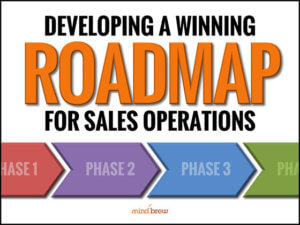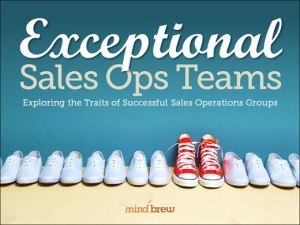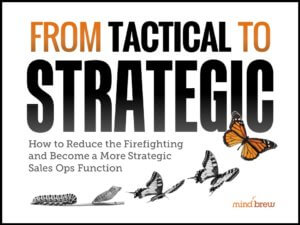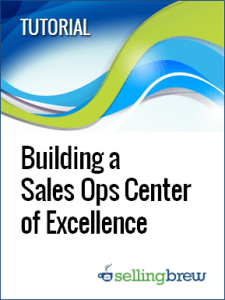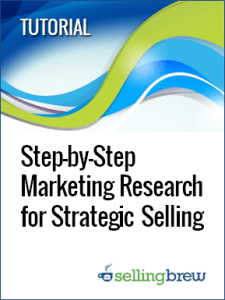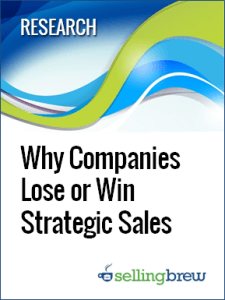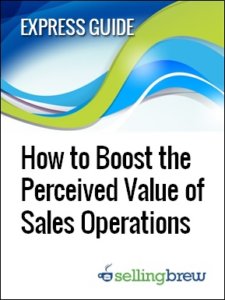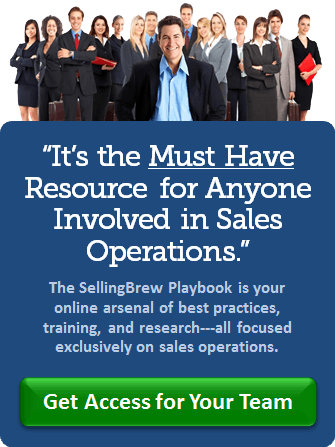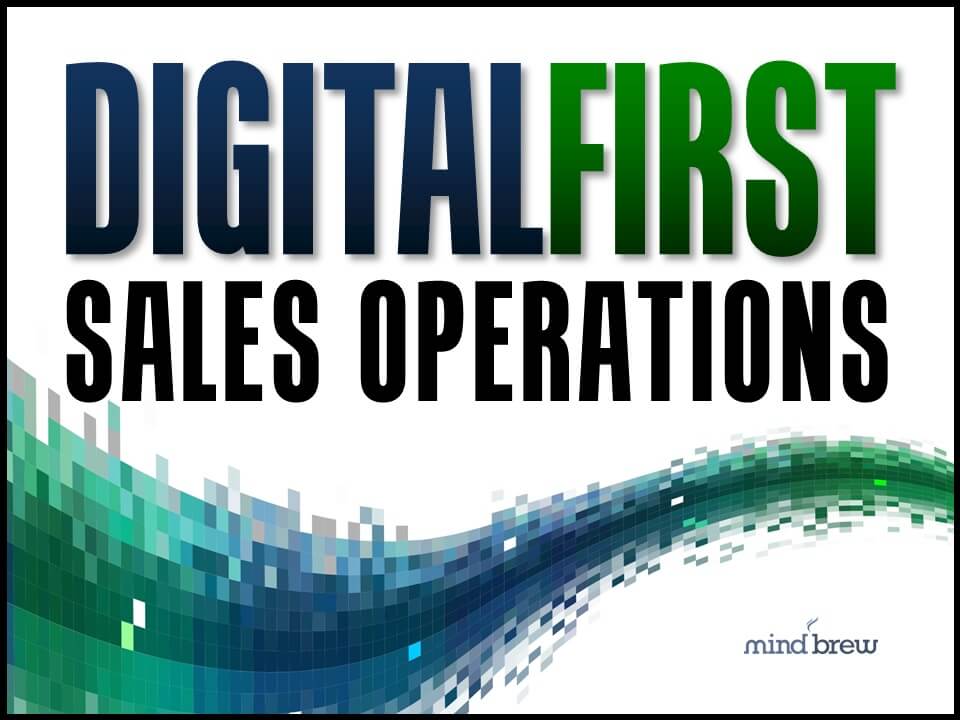Heading into a new year, a lot of sales ops teams will be making a plan. For some groups, it’s become a traditional activity during the slowdown around the holidays. For others, it’s something they have to complete and submit in order to secure their budget and headcount for the coming year.
In putting these plans together, the natural tendency will be to focus a lot of attention on the tactical details.
After all, that’s what a “plan” is supposed to be, right? A detailed, step-by-step explanation of what’s going to happen, when it’s going to happen, who’s going to make it happen, how it’s going to get done, and what it’s all going to cost along the way?
Ok. Fair enough. But here’s the thing…
The tactical details are not the most important aspects of any forward-looking plan for a sales ops function.
Now, I realize this assertion will make some people a little twitchy. Believe me, I get it. There’s something comforting about all the to-do lists, spreadsheets, and Gantt charts. And frankly, when you spend time and energy on all of that stuff, you just “feel” like you’re being really productive.
But while the tactical details are certainly worth nailing down, the most important thing about any forward-looking plan is getting the strategic objectives right. Why? Because the overall value and efficacy of the plan itself is governed by the weight and significance of strategic objectives the plan is intended to achieve.
Simply put, lame objectives will make for a lame plan, no matter how much tactical rigor and depth that plan may otherwise contain.
On the other hand, powerful objectives can cover a lot of sins. With powerful objectives, you can be somewhat thin on the tactical side of things…or even fall down a bit on the execution…and still be much better off, relative to executing lame objectives perfectly.
It’s like planning a vacation. A detailed schedule and comprehensive itinerary won’t transform a boring destination into an amazing experience. But in an exciting destination, you can usually just “wing it” and have the time of your life.
So…by all means, put together your sales operations plan for 2021.
But before you even think about opening a spreadsheet or starting a Gantt chart, I implore you to invest more time and energy in evaluating and selecting your strategic objectives—the right set of powerful objectives just makes everything so much easier and so much more effective.
And if you’re not sure what kinds of things you should be thinking about, how you should assess the various possibilities, or which strategic objectives other sales ops groups have been focusing on, the SellingBrew Playbook has a number of resources that can help:

